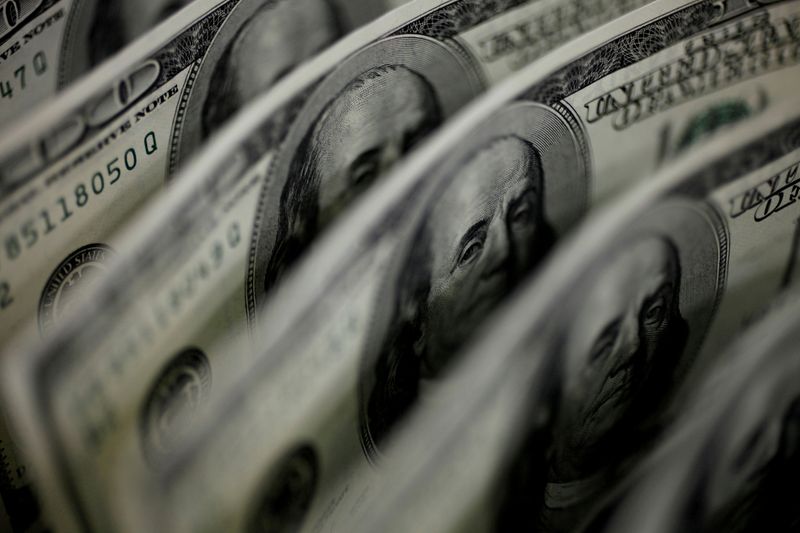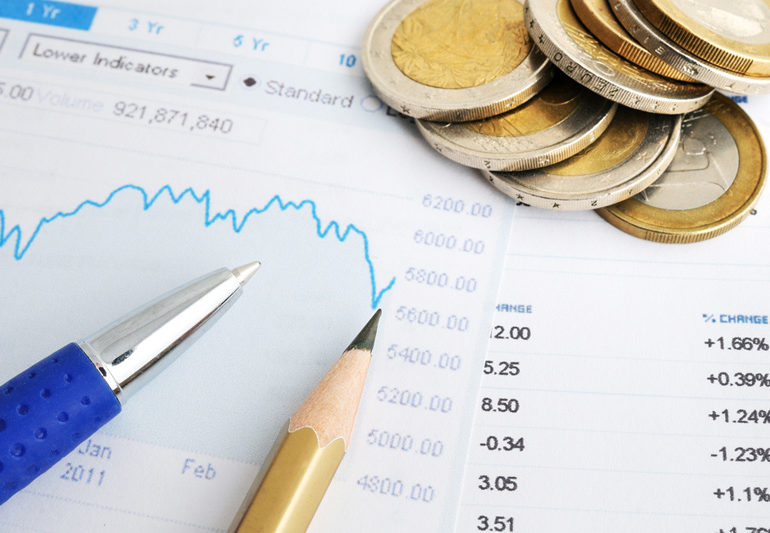 © Reuters. FILE PHOTO: A picture illustration shows U.S. 100-dollar bank notes taken in Tokyo August 2, 2011. REUTERS/Yuriko Nakao/File Photo
© Reuters. FILE PHOTO: A picture illustration shows U.S. 100-dollar bank notes taken in Tokyo August 2, 2011. REUTERS/Yuriko Nakao/File PhotoBy Gertrude Chavez-Dreyfuss
NEW YORK (Reuters) -The U.S. dollar’s share of currency reserves reported to the International Monetary Fund edged up to 59.5% in the first quarter of the year, from 58.9% in the previous quarter, IMF data showed on Wednesday.
The greenback remains the largest-held currency reserve by global central banks.
Global reserves, which are reported in U.S. dollars, are assets of central banks held in different currencies used primarily to support their liabilities. Central banks sometimes use reserves to help support their respective currencies.
“Given the U.S. dollar’s broader gains through Q1, the rise in U.S. dollar’s holdings may be more apparent than real,” wrote Shaun Osborne, chief FX strategist, at Scotiabank in Toronto, in a research note after the release of the IMF data.
The gained 3.6% in the first quarter.
“Broader trends do underscore the gradual shift away from the U.S. dollar in reserve holdings,” he added.
The peak allocation for the U.S. dollar was 72.7% in Q2 2001, according to the IMF data, and while currency diversification has developed at a gradual pace, the trend has been persistent, Osborne said.
Reserves held in U.S. dollars slipped to $6.991 trillion in the first quarter, compared with $6.996 trillion in the fourth. Reserves held in euros, meanwhile, fell 4.4% on a quarterly basis to $2.415 trillion.
The euro’s share fell to 20.6% in the first three months of the year, compared with a 21.3% share in the last quarter of 2020. Its share in the fourth quarter was the highest since 2014. In 2009, the euro hit its highest share of FX reserves at 28%.
The ‘s share increased to 2.4% in the first quarter, from a share of 2.2% in the previous three months. China’s share gained for five consecutive quarters, with yuan reserves rising 7% to $287 billion. The IMF started tracking the yuan’s share in 2017.
Fusion Media or anyone involved with Fusion Media will not accept any liability for loss or damage as a result of reliance on the information including data, quotes, charts and buy/sell signals contained within this website. Please be fully informed regarding the risks and costs associated with trading the financial markets, it is one of the riskiest investment forms possible.

